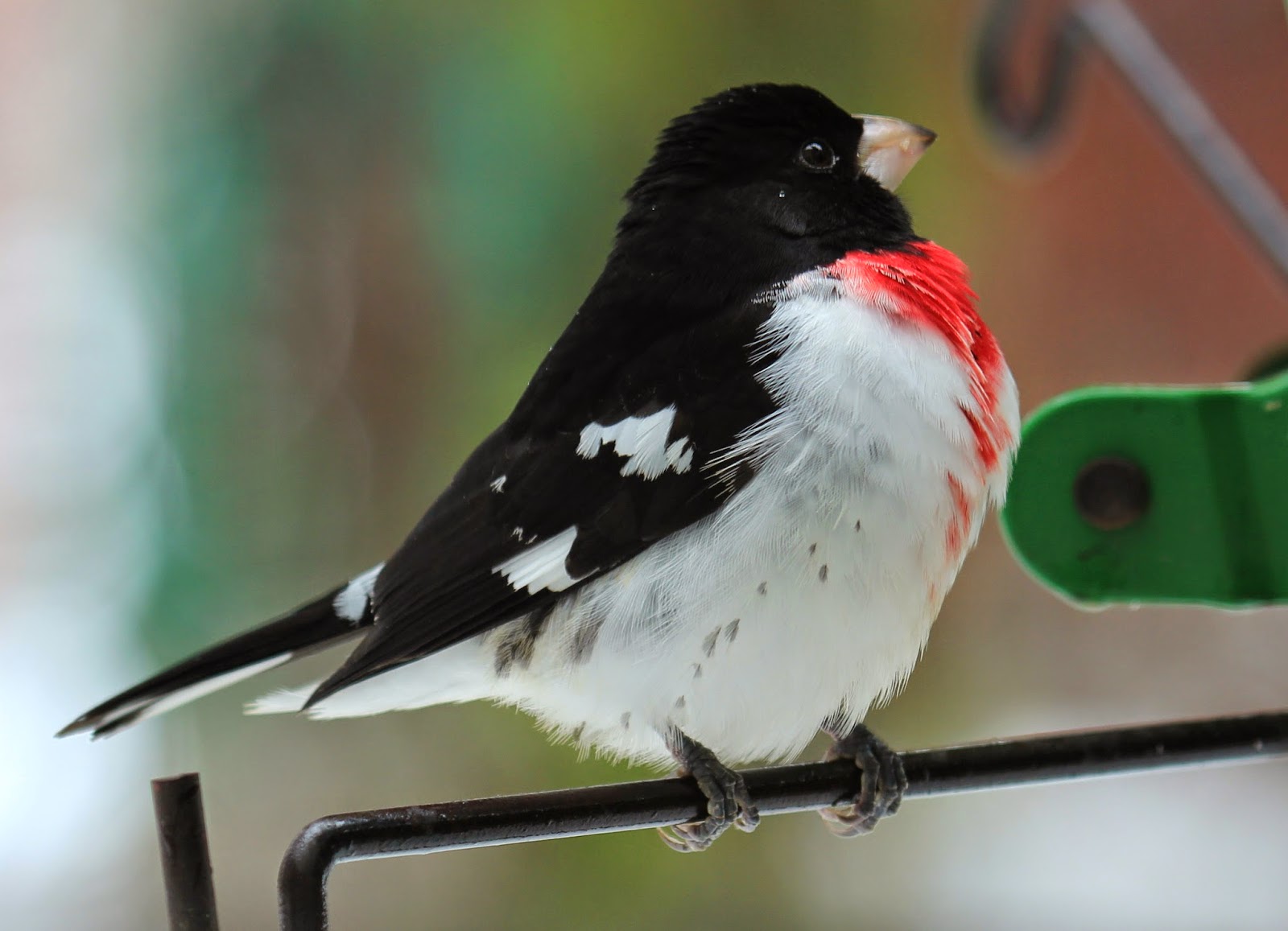NATURE NOTES
NATURE NOTES OF S.E. MINNESOTA
Monday, May 25, 2015
Monday, May 18, 2015
UPLAND SANDPIPER
Upland Sandpiper or formally know as the Upland Plover. A large(10-12in.tall) Sandpiper of the open grasslands. Was once common but has now become uncommon as our pasture and grasslands that were once prairie have turned into the monoculture of corn and soybeans. Found this one in western Fillmore County. Probably just passing through.
Thursday, May 14, 2015
WARBLERS WE HAVE SEEN THUS FAR THIS YEAR
Male Redstart. The Redstarts are common nesting warblers in S.E. Minnesota. About 25+ species of warblers pass through Fillmore County on their way north from the American Sub-tropics to nest in the upper midwest and Canada each year. Some nest here, but most continue farther north to nest. The warblers are small, and in general very colorful family of birds. Most pass through from about May 1 to May 30th each year. We look forward to seeing them each year, but this May has been cold and wet, and the warbler migration thus far has been slow with small numbers of birds. They are declining in numbers as their woodland habitat in both North and Central America is in decline.

























